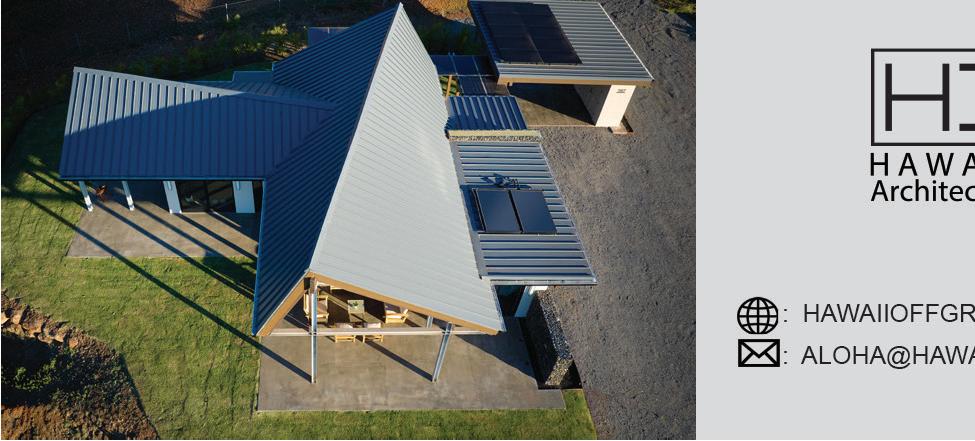

























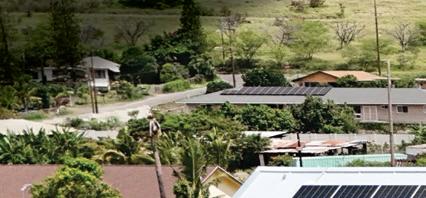
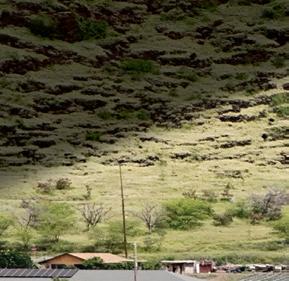
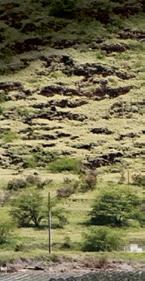









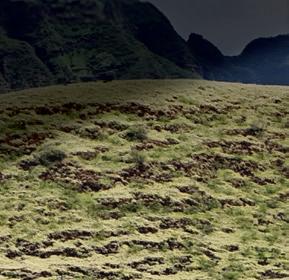

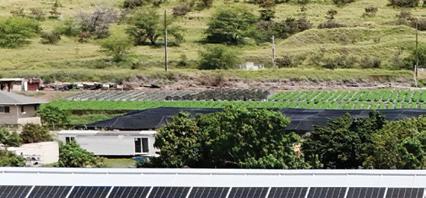

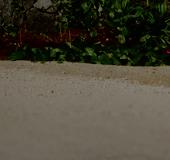






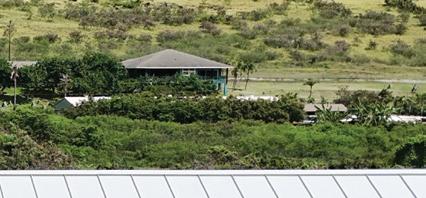

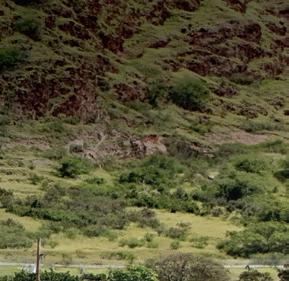

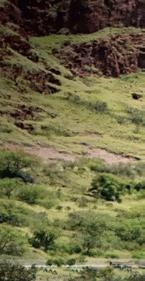





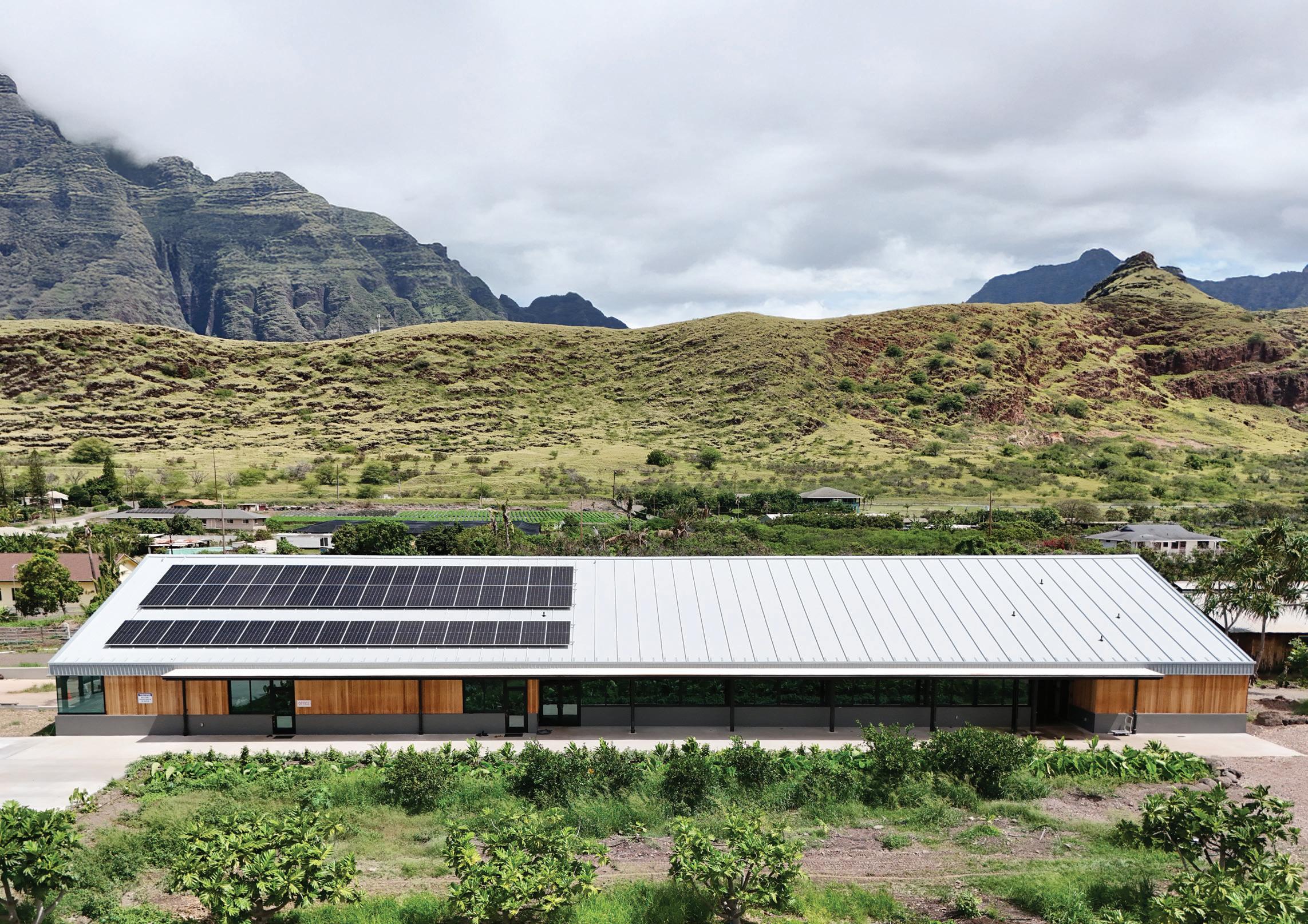












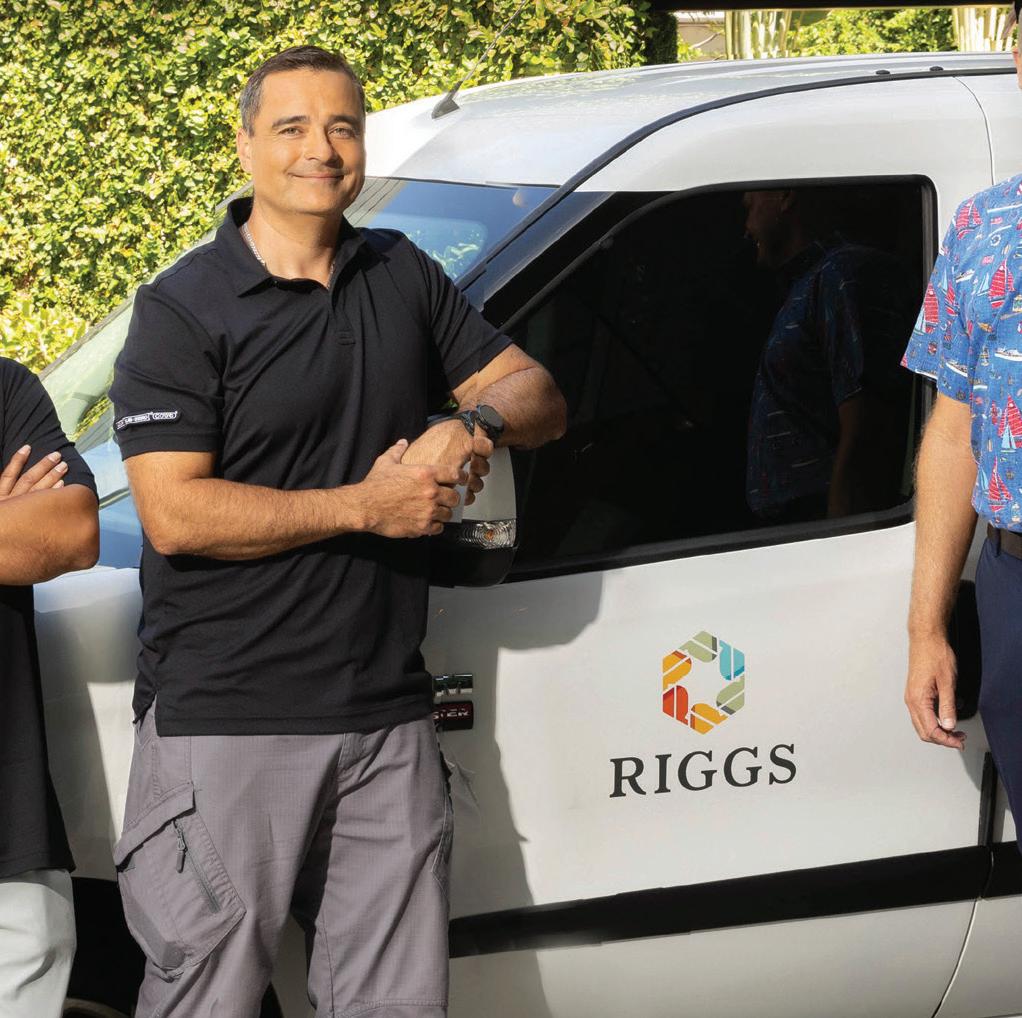


























































































AWARD LEVELS AND
CATEGORIES 76 MEET THE JURORS
AIA FRAMEWORK FOR DESIGN EXCELLENCE
JURIED AWARDS: AWARDS OF EXCELLENCE AWARDS OF MERIT HONORABLE MENTIONS
89 STUDENT DESIGN AWARDS
90 DISTINGUISHED ENTRANTS
90
STUDENT DISTINGUISHED ENTRANTS



DESIGN AWARDS
COMMITTEE CHAIRS
Ryan Sullivan, AIA
Stephanie Ing, Assoc. AIA
Calvin Bulan
Katalina Kim, Assoc. AIA





This year marks AIA Honolulu’s 67th Annual Design Awards and a continued celebration of excellence in design. Each year the Design Awards allows us an opportunity to not only give recognition to exemplary projects, but brings together our talented community of designers, leaders, and problem-solvers to reflect on how we can go beyond what we thought possible for an equitable and resilient built environment.
One of our main goals for this year has been to increase the value proposition of an AIA Honolulu membership by equipping our members with the right tools and access to information that inspires better design for our community. This year’s award submissions have really proven that when talented visionaries are cognizant of the tools that exist to provide design flexibility and cost savings, the standard for sustainable, resilient and inclusive design is absolutely attainable. The awarded projects are physical proof that despite the hurdles of rising costs, permitting delays, and housing shortages, excellent design is still happening.
We are very appreciative of the members and students that took the time to put together submittals that thoroughly demonstrate how each project fits within the AIA Framework for Design Excellence. Mahalo to this year’s jury for their time and effort in providing their meticulous and impartial review of each submission. Last, but certainly not least, congratulations to all of our award recipients.

AIA HONOLULU STAFF
Julia Fink, EVP
Camilla Nicholas, Assistant Director
Jacie Roughton, Admin & Events
Phil Camp, AIA
LEED AP BD+C, WELL AP, CEM, CCM 2025 AIA HONOLULU PRESIDENT
DESIGN AWARDS COMMITTEE
Juliann Chen
Bryan Fujiwara, AIA
John Fullmer, AIA
Lisa van den Heuvel, Allied Member
Liana Takamine, AIA
PUBLISHER
Kent Coules
EDITOR-
IN-CHIEF
Jennifer Ablan
CREATIVE DIRECTOR
Jeff Sanner
GRAPHIC DESIGNER
Karen Tanigawa
SENIOR ACCOUNT COORDINATOR
Rebecca Brooking ACCOUNT EXECUTIVES
YongChae Song
Chaz Tiogangco
AIA Design Awards 2025 is published by Hawaii Business Magazine, in partnership with AIA Honolulu, September 2025
©2025 by aio Media Group, 1088 Bishop St., Suite LL2, Honolulu, HI 96813.




TO OUR 2025 AIA HONOLULU DESIGN AWARD SPONSORS!
KAUHALE SPONSORS








AWARD SPONSOR
COCKTAIL SPONSORS




MAMALU SPONSORS



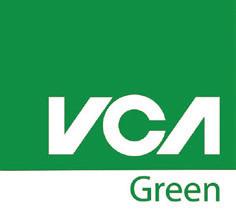



KAHUA SPONSORS






AWARD OF EXCELLENCE
Requires unanimous vote of the jury that a project excels in all aspects. Reserved for those projects which stand out from all of the meritorious award winners. This highest honor recognizes projects which are deemed to exemplify excellence of architectural design on all levels of analysis, and exemplify the highest standards to which AIA members aspire.
AWARD OF MERIT
Requires consensus from the jury that a project is deserving for a high quality of work overall. Granted to projects which display a high standard of architectural quality and design.
HONORABLE MENTION
Responds to notable achievements in one or more particular project aspects; area(s) that stood out, as agreed through consensus by the jury.
Projects are submitted and judged in one of our seven categories. The number of projects awarded in each category and the award level (Excellence, Merit, Honorable Mention) shall be determined by the jury.
Completed projects including single-family residential, multi-family residential, residential housing community planning, and residential renovations, additions and historic preservation. Residential projects of various sizes and scope are welcome as long as the project involved substantial exterior alterations.
Completed projects including public and private developments of a commercial nature comprising retail, industrial, manufacturing and hospitality.
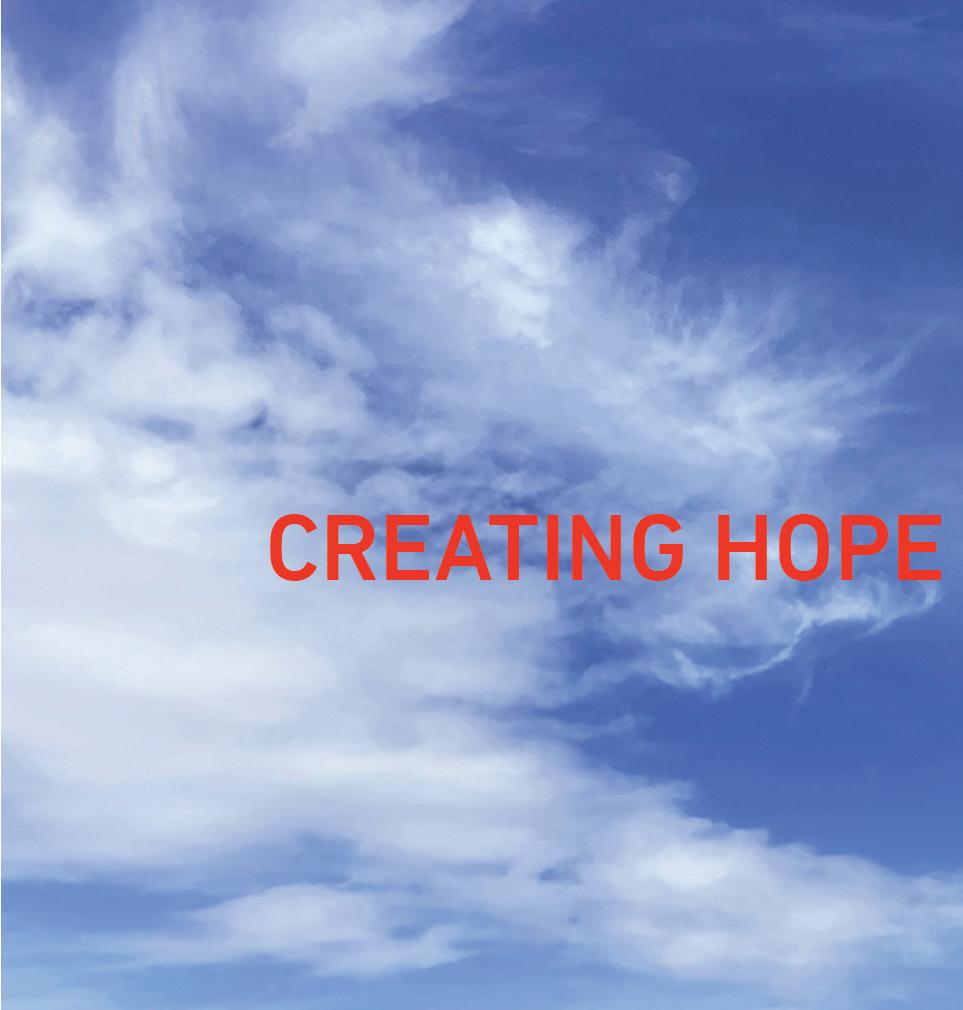
Commercial renovations, historic preservation, adaptive reuse as well as new construction projects are eligible.
Completed projects including public and private developments of an institutional nature: K-12 and higher education, recreational facilities/parks, hospitals and medical facilities, and utilities.
Completed projects involving substantial interior and minimal exterior alterations. Examples of projects in this category include, but are not limited to, tenant improvements and new tenant spaces within an existing (or by others and/or previously completed) exterior shell/space. Also includes residential interior renovations with minimal exterior improvement.




Unbuilt entries may include any project that is commissioned (client sponsored) or intended for construction, purely theoretical work not intended for construction, submitted individually (by AIA or Assoc. AIA), as a team. The jury will review and select entries in this category based on creativity, originality, power and potential of the ideas presented.
Recognizes projects that are designed to remove barriers and burdens, physical or abstract, empowering and enabling people to gather, connect, live and function to their highest potential, ultimately bringing a community together. This award is unique in that it relies on the experiences of end users. Entries must demonstrate significant social impact.








MEET THE JURORS | PROFESSIONAL CATEGORIES

SYLVIA P. KWAN , FAIA, LEED AP, NCARB, NOMA ( AIA SAN FRANCISCO) PRINCIPAL, KWAN HENMI ARCHITECTURE

HO KYUNG LEE , AIA (AIA HONOLULU) FACULTY, UNIVERSITY OF HAWAI’I AT MANOA SCHOOL OF ARCHITECTURE

PURNIMA MCCUTCHEON , AIA (AIA HONOLULU) PRINCIPAL & OWNER, STUDIO CREATE | ARCHITECTURE & DESIGN
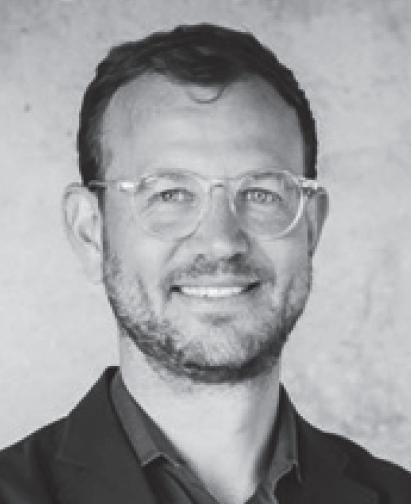
VAN DYCK , AIA, LEED AP (AIA SEATTLE) PARTNER, LMN ARCHITECTS

PARTNER, WRNS STUDIO




Sylvia Kwan founded Kwan Henmi Architecture/Planning in 1980, leading awardwinning public and private projects. After merging with DLR Group, she served as Consulting Principal until 2024. A forward-thinking leader, Sylvia champions innovation, sustainability, design excellence, and community building. She has served on the boards of AIASF, AIACC, and the California Architects Board (as President), and currently serves as Secretary/Treasurer of the NCARB Board for 2024–2025. An AIA Fellow since 1998, she holds a BA and M.Arch from UC Berkeley. Sylvia lives in Marin County and part-time in Honolulu at the Ko‘ula building.
Ho Kyung is a licensed architect and Assistant Professor at the University of Hawai‘i at Mānoa School of Architecture. She holds a M.Arch from Columbia University and has over 15 years of experience at firms such as BIG, Ennead, Dattner, TenBerke, and Latent Builds. Her award-winning work spans higher education, residential, cultural, and healthcare projects. In 2024, she relocated to Hawai‘i to contribute her practice-based, interdisciplinary approach to teaching and the local design community.
MEET THE JURORS | STUDENT CATEGORIES


MAYUMI HARA DAO , AIA (AIA HONOLULU) PRINCIPAL, MA-
YUMI HARA DAO ARCHITECT, LLC
Mayu Dao is a third-generation Hawai‘i architect with over 20 years of experience in residential and small commercial design. After studying at the University of Pennsylvania and Columbia University, she worked at fi rms including Pelli Clarke & Partners and David Baker Architects. She later returned to O‘ahu to join John Hara Associates and now runs her own practice, creating thoughtful spaces across Hawai‘i that refl ect comfort, beauty, and the islands’ multicultural architectural heritage.
Licensed in Hawai‘i, California, and India, Purnima is the Founder of Studio Create. She has led projects for firms like WATG, G70, and FSC Architects, including resorts, retail and multi-family housing. Her international work includes a U.S. Embassy renovation in Mongolia and rural community projects in India. She holds an M.Arch from UNM, a Historic Preservation Certificate from UH Mānoa, and a B.Arch from Rachana Sansad in Mumbai. A former AIA Honolulu President (2020) and EDI Committee co-founder, she also lectures at UH Mānoa, serves on the Re-use Hawai‘i Board, and was recognized in AIA COD’s 2021 Skid Row Design Competition. Her work reflects her passions for design, travel, and community service.
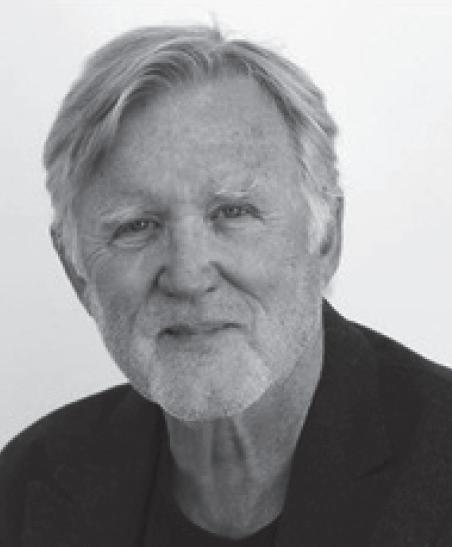
Stephen is a Partner at LMN Architects in Seattle, where he leads the design and delivery of a variety of projects ranging from large scale public assembly, civic infrastructure and spaces for higher education. Stephen’s design approach seeks to create high-performance buildings and an engaging public realm, producing inventive solutions for contemporary programmatic needs, environmental conditions and urban influences. He is widely recognized as an industry authority on the application of technologies to the design and construction process, and he helps direct the investigations of LMN Tech Studio, the firm’s in-house research and development group.
MARK DE REUS , AIA (AIA HONOLULU) FOUNDING PARTNER, DE REUS ARCHITECTS
Mark de Reus, founding partner of de Reus Architects, is renowned for his site-sensitive, highly crafted architecture. With over 40 years of experience, he has led the design of luxury residences, resorts, clubs, and spas worldwide. Named to Architectural Digest’s AD100 in 2010, his work has earned numerous awards and been featured in leading publications such as The New York Times, Dezeen, and Architectural Digest. His projects are showcased in two books—Tropical Experience and Sanctuary. Before founding his firm, Mark held senior roles at Hart Howerton, PAI in Jakarta, Backen, Arrigoni & Ross in San Francisco.
TODD J. HASSLER , AIA, NCARB, LEED AP (AIA HONOLULU) PARTNER, PETER VINCENT ARCHITECTS
The world today is facing broad and complex challenges that threaten every aspect of our lives. The architect’s call to protect the health, safety, and welfare of the public has a new and broader meaning amid challenges such as increasing climate extremes and social inequity.
Every project can be used as a platform for addressing big problems and providing creative solutions. Every line drawn should be a source of good in the world.
Adam Woltag is a Design Partner at WRNS Studio, where he leads awardwinning civic, educational, and housing projects that prioritize sustainability and place-based design. Since 2013, he has guided the firm’s Honolulu office, drawing inspiration from his upbringing on O‘ahu’s east side. Adam holds architecture degrees from Arizona State University and SCI-Arc. His work reflects a deep commitment to stewardship, resilience, and modern design rooted in Hawai‘i’s culture and environment.
The Framework for Design Excellence represents the defining principles of good design in the 21st century. Comprised of 10 principles and accompanied by searching questions, the Framework seeks to inform progress toward a zero-carbon, equitable, resilient, and healthy built environment. These are to be thoughtfully considered by designer and client at the initiation of every project and incorporated into the work as appropriate to the project scope. The Framework is intended to be accessible and relevant for every architect, ev every project, regardless of size, typology, or asp
Todd, a graduate of the New York Institute of Technology with over 20 years of experience in commercial and residential architecture, is a key leader at Peter Vincent Architects. Known for his people-fi rst approach, he was selected for the highly-selective inaugural AIA Leadership Academy (2020–2022), recognizing his commitment to advancing the profession. In 2023, he served as President of AIA Honolulu. Todd also mentors future architects as an adjunct instructor at the University of Hawai‘i at Mānoa and SUNY Orange.
T E a pr trives to achieve.

Good design elevates any project, no matter how small, with a thoughtful process that delivers both beauty and function in balance. It is the element that binds all the principles together with a big idea.
What is the concept or purpose behind this project, and how will the priorities within the nine other principles inform the unique approach to this project?
• How will the project engage the senses and connect people to place?
• What makes the project one that people will fight to preserve?
What design strategies can provide multiple benefits across the triple bottom line of social, economic, and environmental value?
Design solutions affect more than the client and current occupants. Good design positively impacts future occupants and the larger community.
• What is the project’s greater reach?
• How could this project contribute to creating a diverse, accessible, walkable, just, human-scaled community?
• Who might this project be forgetting?
• How can the design process and outcome remove barriers and promote inclusion and social equity, particularly with respect to vulnerable communities?
• What opportunities exist in this project to include, engage, and promote human connection?
• How can the design support health and resilience for the community during times of need or during emergencies?
Good design mutually benefits human and nonhuman inhabitants. What we design has a direct impact to the ecosystems in and around the site. Understanding the site dynamics will allow us to be more conscious of our impacts.
How can the design support the ecological health of its place over time?
• How can the design help users become more aware and connected with the project’s place and regional ecosystem?
• How can the project support regional habitat restoration?
• How can the project support equitable access to nature?
Good design conserves and improves the quality of water as a precious resource.
• How does the project use water wisely, addressing efficiency and consumption while matching water quality to appropriate use?
• How can the project’s water systems maintain function during emergencies or disruptions?
How does the project handle rainfall and stormwater responsibly?
• How does the project contribute to a healthy regional watershed?
Good design adds value for owners, occupants, community, and planet, regardless of project size and budget.
How do we design robust projects that enhance economic, natural, intellectual, and experiential resources?
• How will the design choices balance cost with long-term value?
How can the performance of this project be improved in ways that are cost and design neutral?
Good design depends on informed material selection, balancing priorities to achieve durable, safe, and healthy projects with an equitable, sustainable supply chain to minimize possible negative impacts to the planet.
• What factors (priorities) will be considered in making material selection decisions?
• How are materials and products selected and designed to reduce embodied carbon and environmental impacts while enhancing building performance?
• How can material selection reduce hazards and support equitable labor practices in the supply chain?
• How does the project promote zero waste throughout its life cycle?
• How does the project celebrate local materials and craft?
How long will the project last, and how does that affect your material?
Good design reduces energy use and eliminates dependence on fossil fuels while improving building performance, function, comfort, and enjoyment.
• How can passive design strategies contribute to the project’s performance and form?
• How can the project exceed building code efficiency standards to approach net zero energy and net zero carbon?
• Can the project be powered by clean, renewable energy sources?
• How can the project provide for continuous performance improvements over its lifetime?
Good design supports health and well-being for all people, considering physical, mental, and emotional effects on building occupants and wider surrounding community.
• How can the design encourage a healthy lifestyle?
How can the project provide greater occupant comfort?
• How can the project be welcoming and inclusive for all?
• How can the project connect people with place and nature?
How can material selection reduce hazards to occupants and communities throughout the supply chain?
Adaptability, resilience, and reuse are essential to good design, which seeks to enhance usability, functionality, and value over time.
• How does the project address future risks and vulnerabilities from social, economic, and environmental change?
• How is the project designed for adaptation to anticipate future uses or changing markets?
How does the project address passive survivability and/or livability?
Every project presents a unique opportunity to apply lessons learned from previous projects and gather information to refine the design and construction process.
• How can the design process foster a long-term relationship between designers, users, and operators to ensure design intentions are realized and the building project performance can improve over time?
• How are performance data and experiential stories shared, even if the findings fall short of the vision?
• What strategies promote a sense of discovery and delight?








The world today is facing broad and complex challenges that threaten every aspect of our lives. The architect’s call to protect the health, safety, and welfare of the public has a new and broader meaning amid challenges such as increasing climate extremes and social inequity.
Every project can be used as a platform for addressing big problems and providing creative solutions. Every line drawn should be a source of good in the world.
The Framework for Design Excellence represents the defining principles of good design in the 21st century. Comprised of 10 principles and accompanied by searching questions, the Framework seeks to inform progress toward a zero-carbon, equitable, resilient, and healthy built environment. These are to be thoughtfully considered by designer and client at the initiation of every project and incorporated into the work as appropriate to the project scope. The Framework is intended to be accessible and relevant for every architect, every client, and every project, regardless of size, typology, or aspiration.
The Framework for Design Excellence challenges architects with a vision the profession strives to achieve.









AWARD OF EXCELLENCE
USGBC HAWAI'I SUSTAINABILITY AWARD
COMMERCIAL/INDUSTRIAL
FIRMS Walker Warner; Delawie (Architect of Record)
ADDITIONAL DESIGN FIRMS
Nicole Hollis (Interior Designer); VITA Planning & Landscape Architecture (Planning & Landscape)

CLIENT Kennedy Wilson, Operator: Rosewood Hotels & Resorts
CONTRACTORS Nordic PCL Construction, Inc.; Ali‘i Builders; Goodfellow Brothers
LOCATION Kailua-Kona, Hawai‘i Island, Hawai‘i
PHOTOS: DOUGLAS FRIEDMAN PHOTOGRAPHY
GREG WARNER, AIA, LIKES TO KEEP IT SIMPLE. He and his team design buildings that blend into their natural surroundings, and Kona Village on Hawai‘i Island is a perfect example.
“Our inspiration for this project extends beyond merely resurrecting the original resort. It stems from a meticulous study and profound understanding of the unique physical environment and its culturally rich history,” says Warner, a partner and founder, at architectural firm, Walker Warner. “We were resolute in our commitment to delve deeply into the history of this place, seeking inspiration to inform our design for the new resort.”
In addition to the contextual influences of the Ka'upulehu region, the resort property includes several unique “sub-zones,” Warner says, with each location offering different opportunities to appreciate nature.
“Buildings were specifically situated to capture and respond to each zone and unique natural surroundings,” says Warner, a member of the American Institute of Architects and a certified expert in green building practices.


Evidence of a vibrant Hawaiian cultural history, as well as access to living cultural descendants, helped to inform design decisions, and “literally shape the architecture.”
“We worked very carefully to be sure that the new architecture of Kona Village Resort melds quietly, and in harmony, with the very special place on Kahuwai Bay,” Warner says. “It’s not about the architecture, it’s about the place.”















the intention of the original resort, but with a stronger emphasis on
“It took vision and a true commitment to rebuild Kona Village. Applaud the design team’s efforts to help mitigate the impact of this project type on its sensitive site and beautiful context. This renovation kept the intention of the original resort, but with a stronger emphasis on sustainability and endurance for the future.” — JUROR’S COMMENT


“Its incorporation of renewable energy systems, advanced water conservation infrastructure, and thoughtfully sourced, low-impact materials embodies a regenerative approach that resonates with Hawai‘i’s ambitious sustainability goals. ” — USGBC COMMENT










AWARD OF EXCELLENCE COMMUNITY IMPACT AWARD THE MAYOR'S CHOICE AWARD COMMERCIAL/INDUSTRIAL
FIRM Ama A/E
ADDITIONAL DESIGN FIRM
Collaborative Studio LLC (site analysis and pre-design)
CLIENT MA`O Organic Farms (dba Wai‘anae Re-Development Corporation)

CONTRACTOR Diede Construction, Inc.
LOCATION Wai‘anae, O‘ahu, Hawai‘i
PHOTOS: AMA A/E
ABOUT THE MAYOR'S CHOICE AWARD
The Mayor's Choice Award was selected by Honolulu Mayor Rick Blangiardi among all the entries.


THE NEW BUILDING ON MA‘O ORGANIC FARM’S PROPERTY APPEARS AS A MODEST STRUCTURE, UNLIKE ITS MISSION. The Pūhāwaiulu Processing Facility will allow, however, the nonprofit to significantly increase agricultural production in the Wai‘anae Valley.
“The building is a bit of a sleeper in that it expresses how Native Hawaiian practices work, and how efficiently it allows production, rather than what it looks like,” says Kevin Miyamura, AIA, principal architect, Ama A/E.
The facility is a significant upgrade from the previous processing buildings that date back to the 1960s. It’s a step forward in the more efficiently scaling up of what MA‘O harvests from their own and other farms in the Wai‘anae Valley, allowing it to process and distribute produce across the island.
The new structure includes a covered exterior root wash bay, automated and manual processing equipment, a prep kitchen, refrigerated storage, administrative offices, and an expansive covered lanai for educational tours and observation. Large windows add natural ventilation and connect to the exterior landscape and an orchard.

“This is one of those rare projects that brings together design excellence and community impact in a seamless and critical building design. This is what great architecture is about - design rooted in pragmatic planning and a thorough understanding of both the operational needs and the impact of the client’s vision."


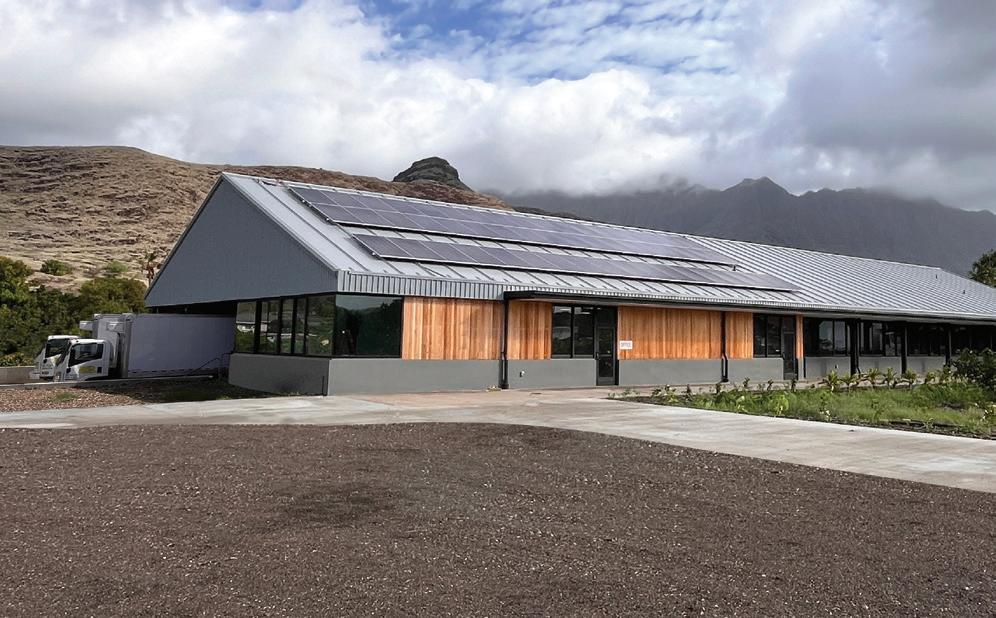



After the first few months of operation, the building is also performing with net zero energy usage, Miyamura says.
The design is in alignment with MA‘O’s values — producing more with less, making spaces that support the farm processes, and implementing native Hawaiian values of conserving and sharing resources, Miyamura says.
“There is this magical trifecta with the quality of the produce, the quality of people being exposed to the process, and the stewardship of the land. This was a unique opportunity for us because very few such organizations manage to do this at such a scale.”





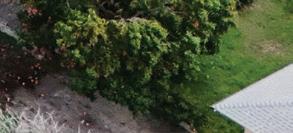

“Here, every building element responds elegantly and authentically to place, program, and purpose. This project sets an example of how a simple idea can have a major impact on the quality of life for its users and the surrounding community. Well done!” — JUROR’S COMMENT






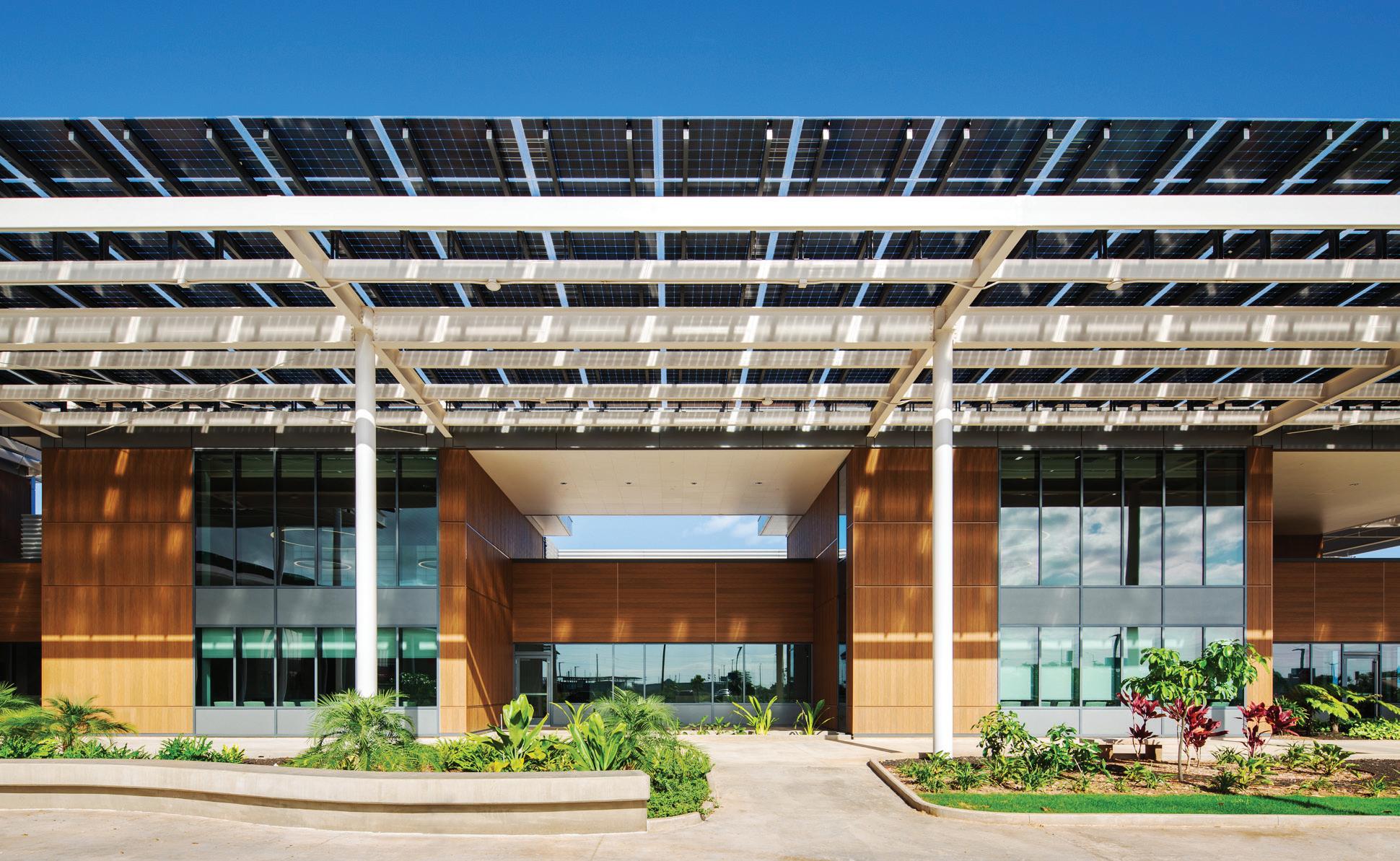



AWARD OF MERIT PEOPLE'S CHOICE AWARD INSTITUTIONAL
FIRM Ferraro Choi And Associates Ltd

CLIENT Hunt Companies Hawaii
CONTRACTOR Nan, Inc.
LOCATION Kapolei, O‘ahu, Hawai‘i
PHOTO: ANTON KISSELGOFF
ABOUT THE PEOPLE’S CHOICE AWARD The People’s Choice Award is selected following a two-week online voting process that is open to AIA members and the public at large.

THE DANIEL K. AKAKA VA CLINIC IN WEST O‘AHU BRINGS
COMPREHENSIVE HEALTHCARE AND VETERAN SERVICES UNDER ONE ROOF for 30% of the Pacific’s 55,000 veterans. Rooted in Kalaeloa’s cultural heritage, the design honors the land with natural materials, gardens, and thoughtful spaces. It reflects dignity, choice, and connection—creating a healing environment that respects those who served.
“The Daniel Kahikina Akaka Veterans Affairs Clinic honors Kalaeloa, draws inspiration from the area’s history and traditional mo’olelo. The result is an exceptional facility for veterans that incorporates a complex and technically demanding program, while maintaining a strong connection to the environment through innovative sustainable design. The jury particularly appreciated the integration of BIPV (Building Integrated Photovoltaic) panels for shading and external circulation, as well as the use of clerestory windows to bring natural light deep into the building.” — JUROR’S COMMENT


AWARD OF MERIT RESIDENTIAL
FIRM Mork-Ulnes Architects
ADDITIONAL DESIGN FIRMS Fujita Netski Architecture (Local Design Consultant); Terremoto, Alain Peauroi and Story Wiggins (Landscape Architects)
CLIENT Bonnie and Anton Andryeyev
CONTRACTOR Concept 2 Completion
LOCATION Kailua, O‘ahu, Hawai‘i
PHOTO: JOE FLETCHER; MARIKO REED



NESTLED NEAR KAILUA BEACH, KAILUA HOUSE EMBRACES INDOOROUTDOOR LIVING with a green roof, lush garden, and glimpses of the Pacific. Four columns beneath a breezy lanai hold key spaces around a central pool. Glazed walls dissolve boundaries between home and nature, while dense plantings and natural materials create a serene, protected retreat on O‘ahu’s windward coast.










“The architect made a great decision in siting the house. Since it had no view of the ocean, the house was oriented inward, with a sense of being located in a lush green environment. The simplicity of the color scheme belies the detailing that went into the façade. I liked the curved green roof which opens up the sun for the pool and gives the strict geometry of the house a bit of a relief.” — JUROR’S COMMENT







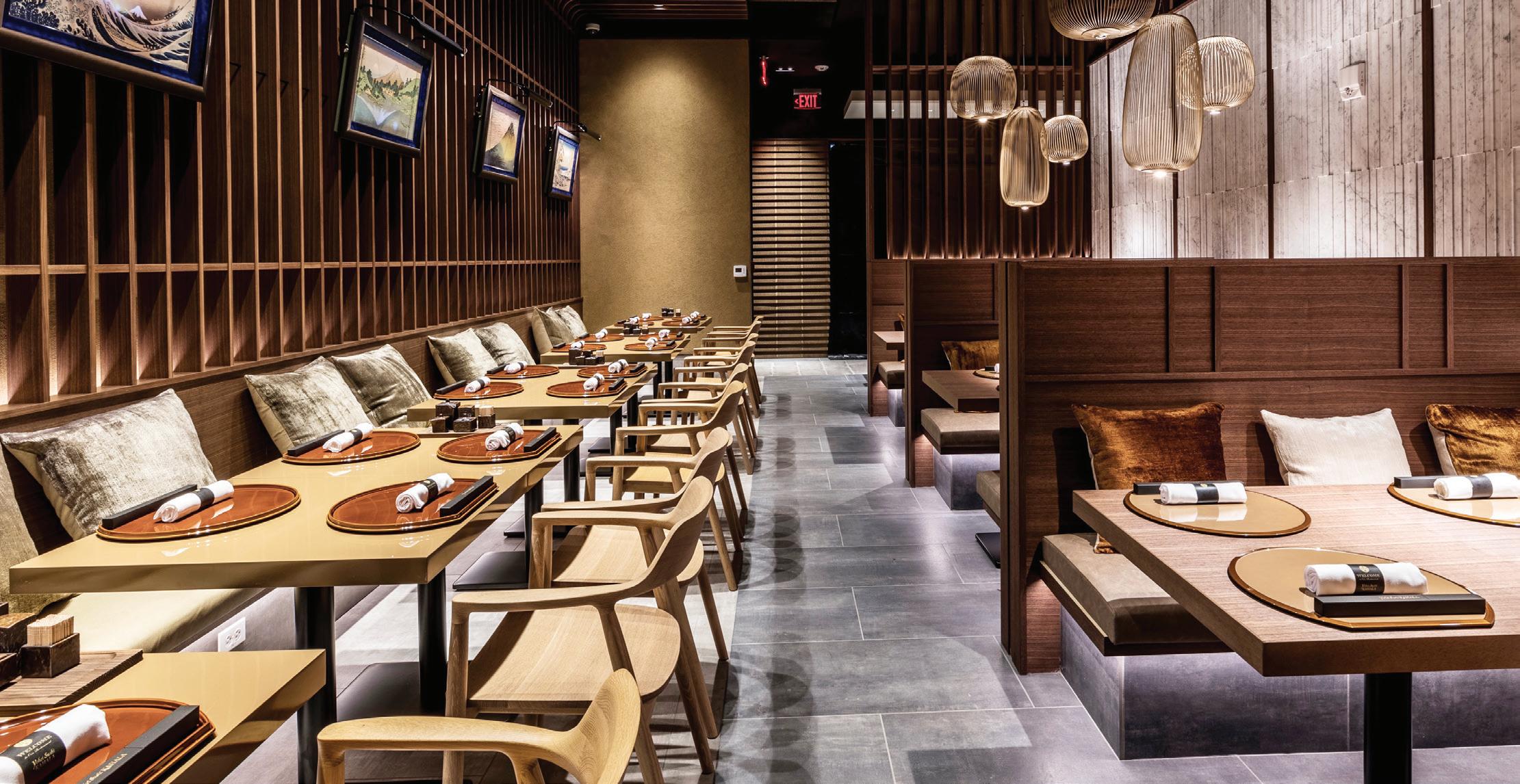

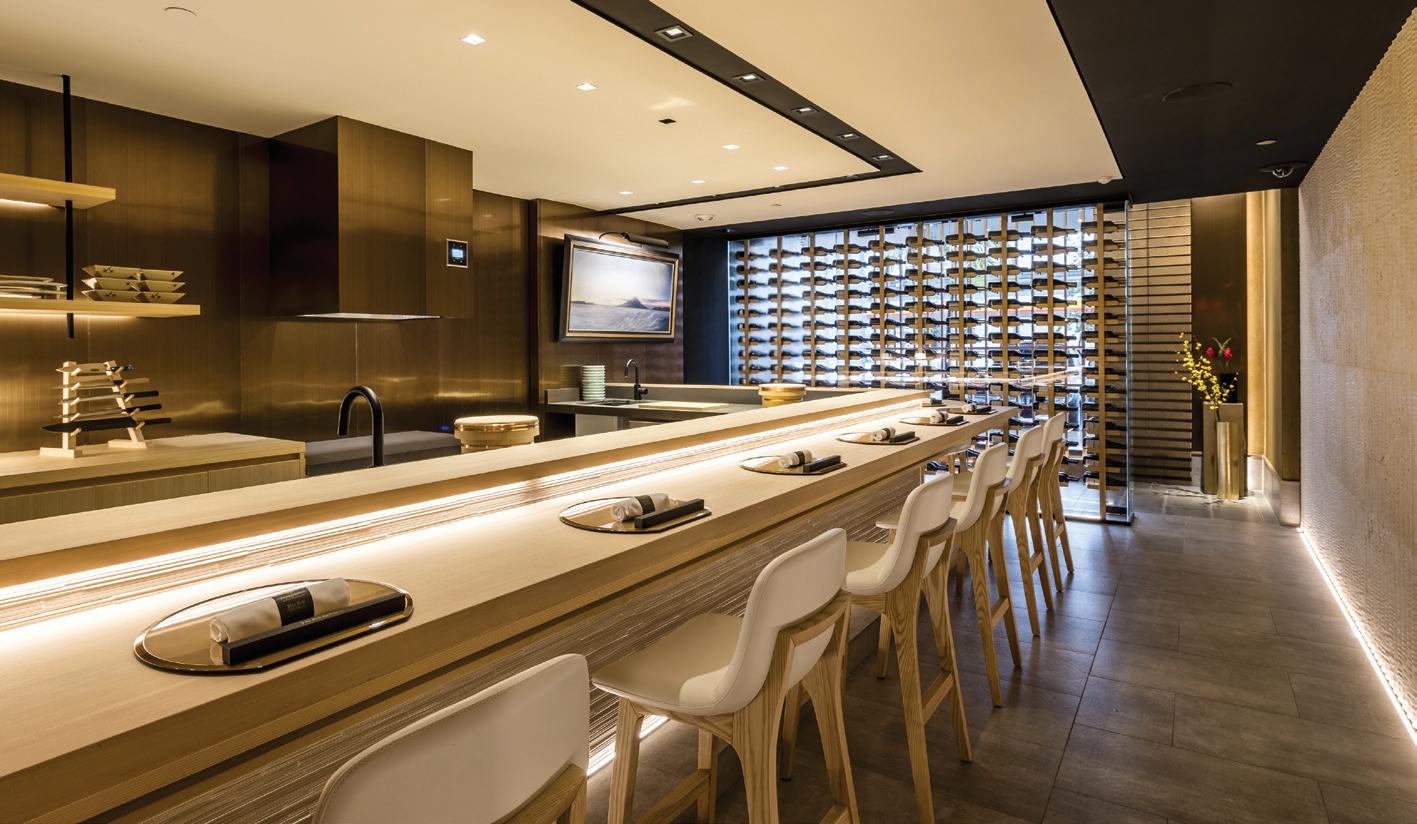

















AWARD OF MERIT
INTERIOR ARCHITECTURE

Wander X Wonder


Pueomao, Inc.

CONTRACTOR Dave Foster

LBuilders, Inc.
LOCATION


OCATED IN THE WALKABLE COMMUNITY OF KAIMUKĪ, YOHEI SUSHI merges traditional Japanese aesthetics with modern design, creating a serene dining experience inspired by wabi-sabi and shibui. Warm wood, stone, and soft textures shape intimate spaces, from open seating to a chef’s counter. Subtle Hiroshima-inspired motifs and crafted lighting enhance the atmosphere, delivering a refined, culturally rich environment that balances elegance, function, and storytelling.
“The thoughtful use of long-lasting materials shows intentionality for a restaurant that will stand the test of time. The owner planned for changes in the economy and business which might cause the square footage to be cut in half. But if one didn’t know that, the entire layout works well for either scenario and is a smart business decision. It’s a beautiful solution which evokes modern Japanese design.” — JUROR’S COMMENT














“Knowing how difficult it is to convert commercial buildings to residential use, 1060 Bishop did a masterful job of creating a successful project. The architect designed useable floor plans, maximizing efficiency so that the units are affordable. This project will hopefully lead the way for more such developments in an effort to breathe new life and resilience to our beloved urban core.”


— JUROR’S COMMENT
“The Cliff Hut in Kauai is a modest, climate-responsive project whose strength lies in its well-resolved, small-footprint, loft-like interiors that transforms into an elevated living environment. The Cliff Hut serves well as a replicable model for resilient, low-impact living.”

— JUROR’S COMMENT


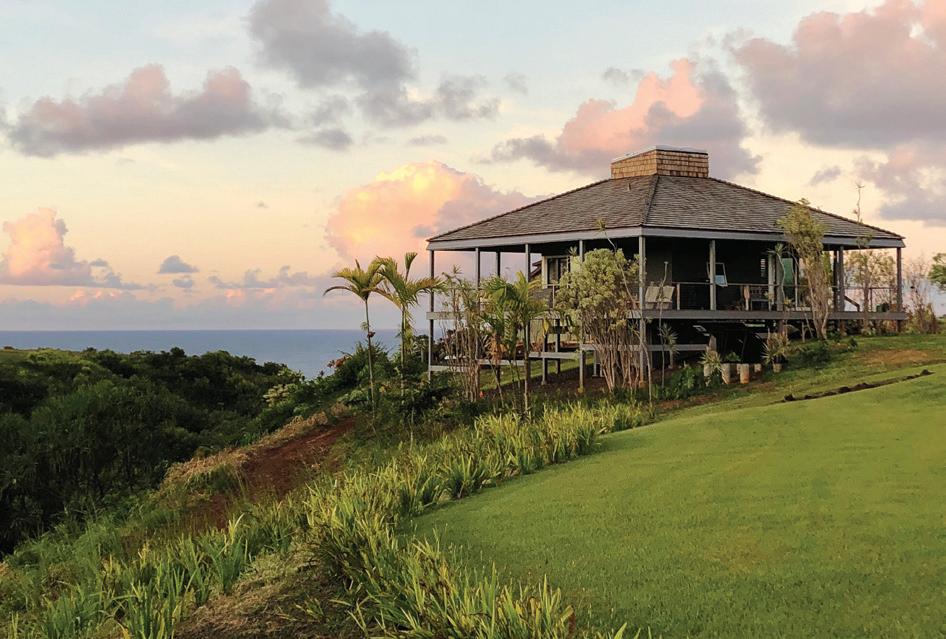
“While adhering to stringent program requirements and budgetary constraints, the state-of-the-art EJ King High School project successfully transforms the campus by giving it a new heart and a much-needed welcoming gathering space. Notable are the iconic fullheight glass entrance wall, the generous covered lanai and the day-lit interiors.”

— JUROR’S COMMENT

HONORABLE MENTION RESIDENTIAL
FIRM AHL
CLIENT WKF, Inc.
CONTRACTOR J. Kadowaki, Inc.
LOCATION Honolulu, O‘ahu, Hawai‘i
HONORABLE MENTION RESIDENTIAL
FIRMS Roy K. Yamamoto Architect, AIA, Inc. (Architect of Record); Johnston Marklee (Design Architect)
CLIENT Chan Luu
CONTRACTOR Hanalei CDM
LOCATION Kīlauea, Kaua‘i, Hawai‘i
PHOTO: NICHOLAS HOFSTEDE (JOHNSTON MARKLEE); CHAN LUU
HONORABLE MENTION INSTITUTIONAL
FIRM G70
CLIENT Department of Defense Education Activity / USACE
CONTRACTOR Nippo Corporation
LOCATION Commander Fleet Activities, Sasebo Japan
PHOTO: NAOOMI KUROZUMI
“This house makes you want to spend the day outside moving from one beautifully crafted space to another.
Indoor living / entertaining spaces flow seamlessly to covered outdoor spaces blurring the line between in and out. The home and its landscape establish the intended “visceral relationship” with the cherished 150-yearold banyan tree.” — JUROR’S COMMENT

“This project illustrates how good design can positively impact a campus culture in meaningful and lasting ways. The heart of the design employs a crisp, well organized, and deeply rational plan to support and present spaces for the making and learning of art to the larger campus community. This project, should it be realized, will undoubtedly improve the life and well-being of the campus community. ” — JUROR’S COMMENT

“The building itself is simple but sophisticated, letting the park take presence for the pedestrians walking by. This tower and park prove that density can allow for great shared public space.”
— JUROR’S COMMENT



HONORABLE MENTION RESIDENTIAL
FIRM Peter Vincent Architects
ADDITIONAL DESIGN FIRM Surfacedesign (Landscape Architect)
CONTRACTOR Mokulua High Performance Builders
LOCATION Honolulu, O‘ahu, Hawai‘i
PHOTO: ADAM TAYLOR PHOTOGRAPHY




HONORABLE MENTION UNBUILT

Commissioned Work to be Built
FIRM G70
CLIENT University of Hawai‘i Community Colleges
LOCATION Kahului, Maui, Hawai‘i
RENDERING: ICON CG


HONORABLE MENTION RESIDENTIAL
FIRM SCB
CLIENT Howard Hughes
CONTRACTOR Hawaiian Dredging Construction Company
LOCATION Honolulu, O‘ahu, Hawai‘i
PHOTO: COURTESY OF WARD VILLAGE




“This thoughtfully designed World Language Center makes excellent use of natural light and ventilation. Generous overhangs and integrated seating invite children to interact with both the building and its surroundings.” — JUROR’S COMMENT





THE HAWAI'I ENERGY AWARD FOR EXCELLENCE IN ENERGY-EFFICIENT DESIGN
RESIDENTIAL
FIRM Hawaii Off Grid Architecture & Engineering
LOCATION Makawao, Maui, Hawai‘i
PHOTO: TRAVIS ROWAN PHOTOGRAPHY
ABOUT THE HAWAI‘I ENERGY AWARD FOR ENERGY-EFFICIENT DESIGN The Hawai‘i Energy Award recognizes buildings that help Hawai‘i toward our 100% clean energy goals by incorporating energy efficiency as a foundational value.

Kupono Hale is an off-grid residence in Makawao, Maui, designed for complete energy and water self-sufficiency.
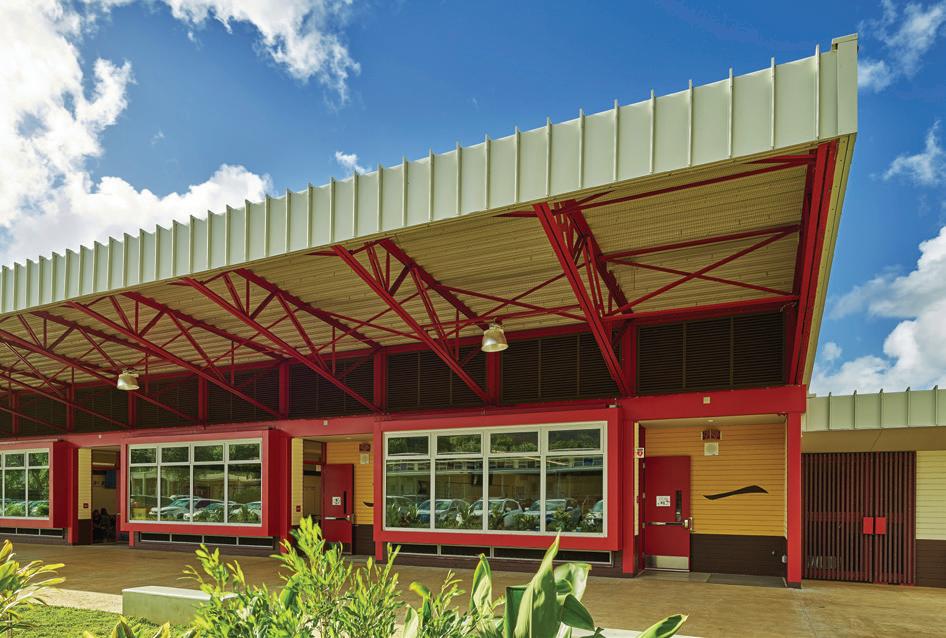
INSTITUTIONAL
FIRM Dean Sakamoto Architects
CLIENT Niu Valley Middle School, Hawaii State Department of Education
CONTRACTORS S&M Sakamoto, Inc. (Phase 1); Close Construction, Inc. (Phase 2)
LOCATION Honolulu, O‘ahu, Hawai‘i

T he Student Design Awards honor student achievements in the design studio and provide a forum for student design excellence to be celebrated beyond the academic setting.
AWARD OF EXCELLENCE UNDERGRADUATE
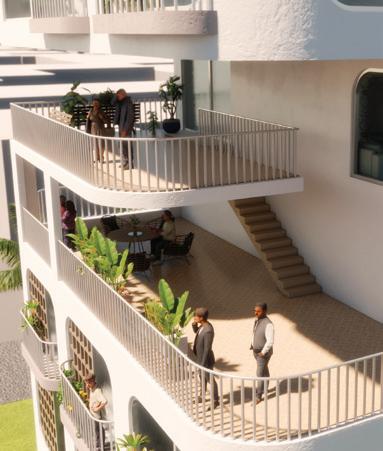
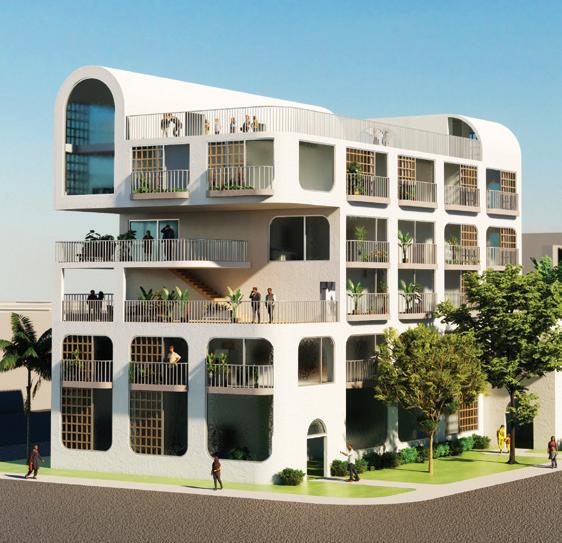
STUDENT Victoria Pangelinan
SCHOOL University of Hawai‘i at Mānoa School of Architecture
“The playful concept fits with the intended users of the space. The day care at the top with light and play space with residences below just works. The exterior architecture found a harmonious balance in composition with the various elements, and the scale of a 6 story building fits in with the context of the neighborhood. ” — JUROR’S COMMENT
HONORABLE MENTION UNDERGRADUATE

STUDENT Byrne Meheula Williams
SCHOOL University of Hawai‘i at Mānoa School of Architecture
“A well thought out architectural response with site planning, floor plan and exterior massing and character. Interesting pixelated exterior metal skin developed from abstracted wave patterns. It’s a good solution to an archive building. Overall an inspired design that was clearly presented.” — JUROR’S COMMENT




HONORABLE MENTION UNDERGRADUATE

STUDENT Yu An Ma
SCHOOL University of Hawai‘i at Mānoa School of Architecture
“Compelling and well-done narrative. Concept design is holistic in its response to context and program: lifting the pool deck above the street and protecting from wind and sun creates a compelling user experience and shows an architectural character befitting a swim center in an urban environment. Presentation was clear and supportive of concept design. Great concept sketch and model.” — JUROR’S COMMENT

PEOPLE'S CHOICE AWARD UNDERGRADUATE
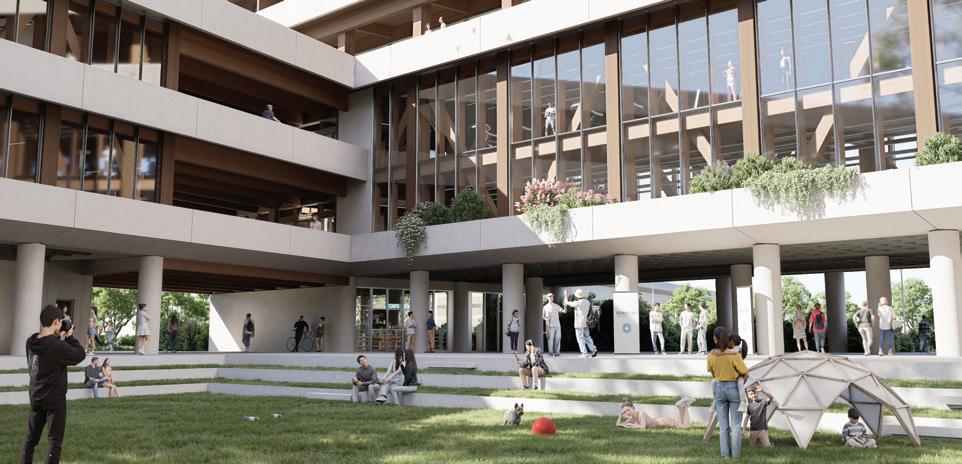
STUDENT Michael Griffin
SCHOOL University of Hawai‘i at Mānoa School of Architecture
“The centerpiece of the Takeya Mass Timber Complex is a gym with exposed timber beams and a curtain wall bathing the space in natural light. Along Dillingham Boulevard, student services offer accessible, dignified support, while a timber bridge links to a 15-story residence with study spaces, housing, and a daycare—embracing learners and their families” — JUROR’S COMMENT







Halau Wa'a
FIRM WCIT Architecture
ADDITIONAL DESIGN FIRM Lighting Design Alliance (Lighting Designer)
CLIENT BRE Hotels
LOCATION Kapalua, Maui, Hawai‘i
PHOTO: HAZEL GO, AIA; TOD GUSHIKEN, AIA


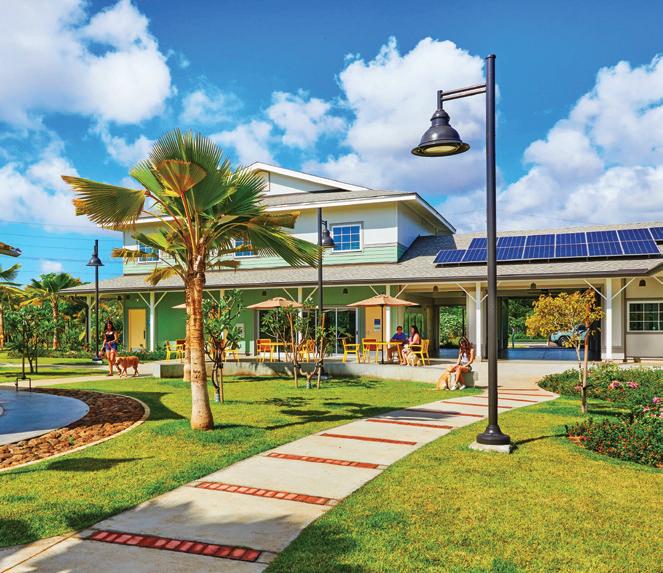
HHS Kosasa Family Campus @ Ho'opili
FIRM Pacific Asia Design Group
CLIENT Hawaiian Humane Society
CONTRACTOR Allied Builders System

LOCATION Ewa Beach, O‘ahu, Hawai‘i
PHOTO: KYLE ROTHENBORG
Hale Iuka
FIRM Fujita + Netski Architecture LLC
CLIENT Travis and Nicole Ferrara
CONTRACTOR Ko'olau Builders
LOCATION Aina Haina, O‘ahu, Hawai‘i
PHOTO: OLIVIER KONING

Volcano Residence Commissioned Work Not to be Built
FIRM Mork-Ulnes Architects
LOCATION Volcano, Hawaii Island, Hawai‘i
RENDERING: VER3D AND MORK-ULNES ARCHITECTS

GRADUATE
Inside Out- Outside In
STUDENT Thanh Nguyen
SCHOOL
University of Hawai‘i at Mānoa School of Architecture
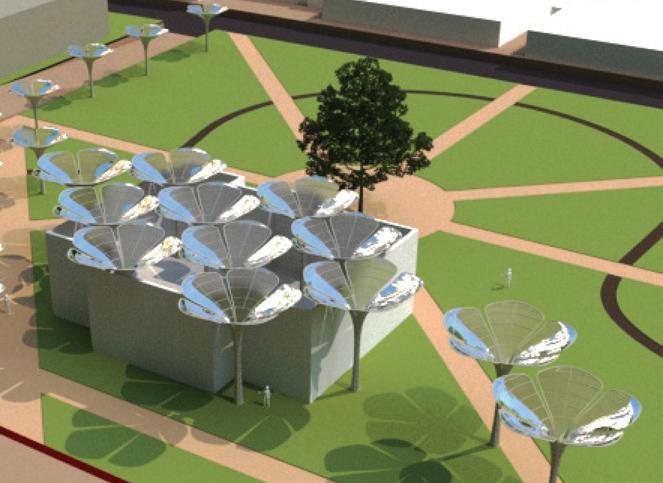
GRADUATE
Reimagining Lāhainā: Coastal Resilience Through Memory and Landscape
STUDENT Trinh Tran
SCHOOL
University of Hawai‘i at Mānoa School of Architecture


UNDERGRADUATE
Evergreen Senior Residence
STUDENT
Xueting Chen
SCHOOL
University of Hawai‘i at Mānoa School of Architecture




UNDERGRADUATE
Hale Hui
STUDENTS
Mark Masaoay; Karen Lee
SCHOOL
University of Hawai‘i at Mānoa School of Architecture
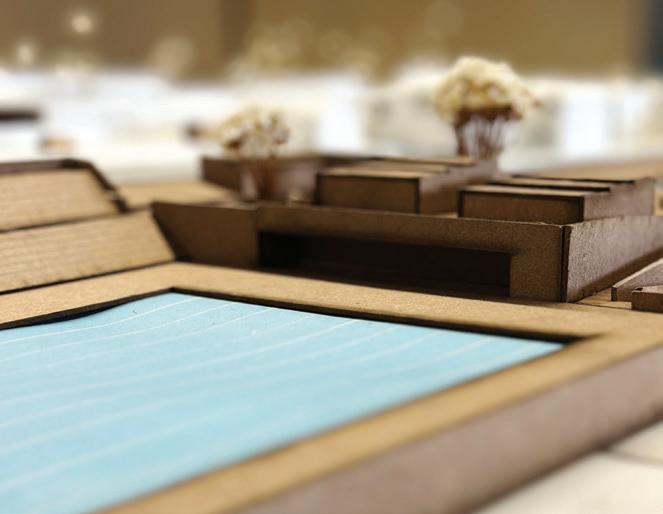
UNDERGRADUATE
Kanewai Community Park & Swimming Center Renovation
STUDENT
Cameron Kim
SCHOOL
University of Hawai‘i at Mānoa School of Architecture
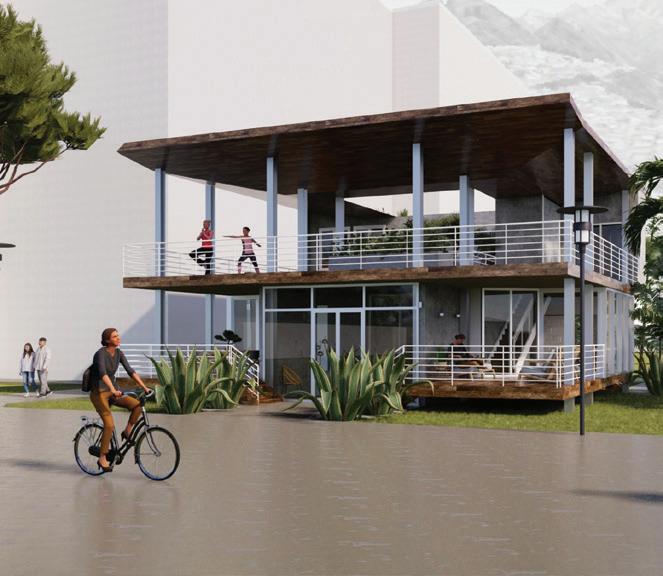
UNDERGRADUATE
STUDENT
Hokule'a Dragomanovich
SCHOOL
Honolulu Community College
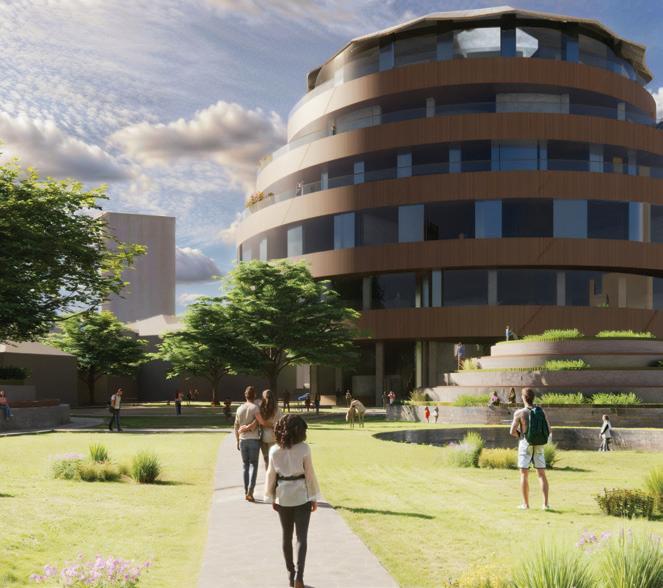
UNDERGRADUATE
Kupono STUDENT
Jenna Grabowski
SCHOOL
University of Hawai‘i at Mānoa School of Architecture
UNDERGRADUATE








Makaloa
STUDENT
Jenna Grabowski
SCHOOL
University of Hawai‘i at Mānoa School of Architecture
UNDERGRADUATE



Palm Residence
STUDENT
Indy Rose
SCHOOL

University of Hawai‘i at Mānoa School of Architecture

